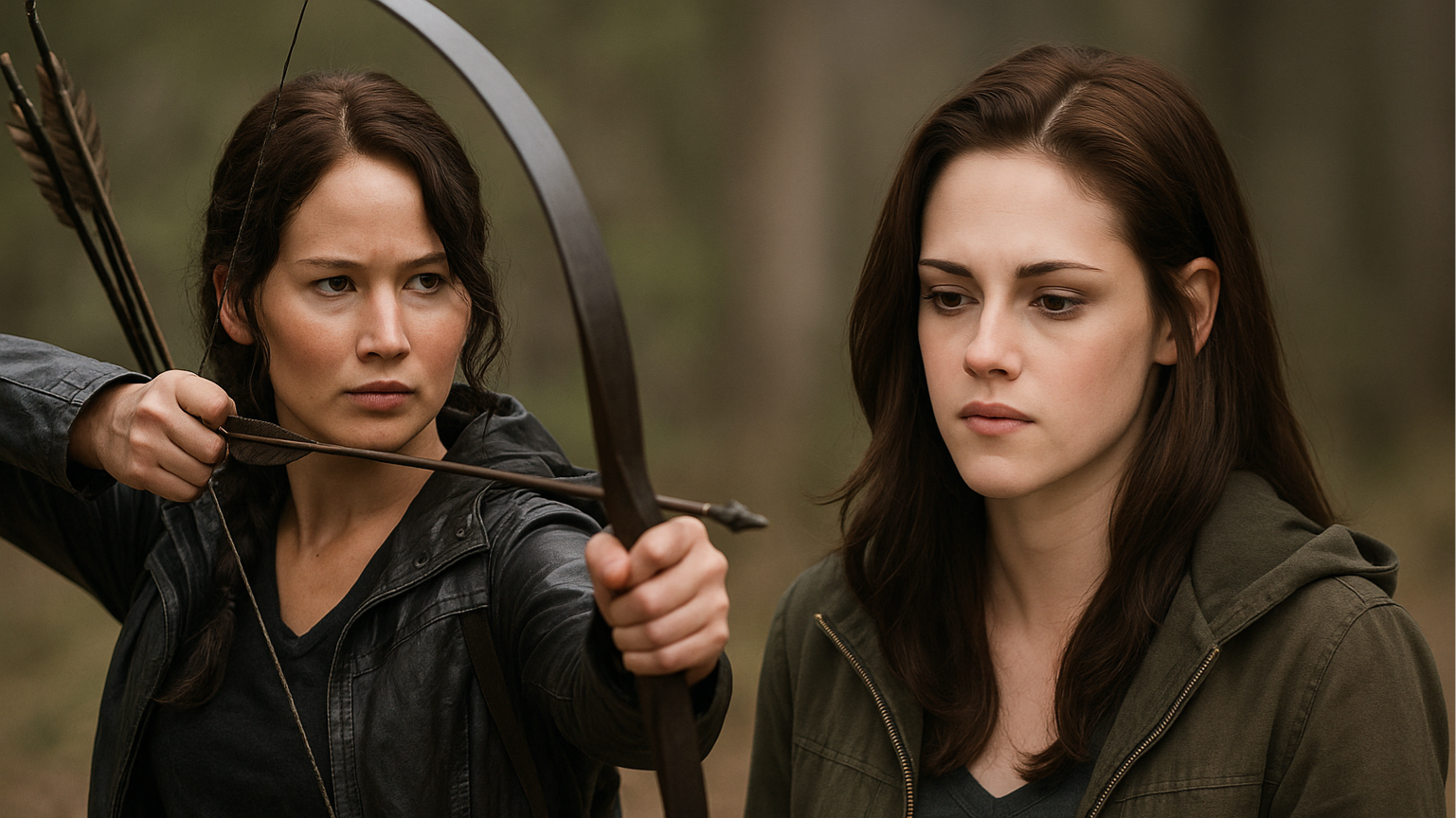Active vs Passive main characters

Active Versus Passive Main Characters
As a writer, one of the most critical decisions you make is shaping your protagonist: will they be an active force in their story or a passive observer? The distinction is deceptively simple but narratively profound. An active main character takes initiative, makes choices, and propels the plot forward through decisive action. A passive character reacts to events rather than shaping them.
In writing The Adventures of Mikko Kivinen, I’ve found myself wrestling with this very distinction. Mikko, as he stands, sometimes lets events wash over him. He endures, he survives—but too often, he doesn’t act. And in the world of compelling fiction, that can be a problem.
So I’ve been working to make Mikko more active—to push him out of the path of mere reaction and onto a course of bold decision-making. In the crucible of the Spanish Civil War, amidst the wreckage of ideology and the turmoil of the fight for Hill 481 outside Gandesa, Mikko needs not only to witness, but to choose.
Why Active Characters Matter
Readers tend to engage more with characters who do. Active protagonists make decisions, drive the story forward, and feel responsible for the outcomes of their choices. They’re flawed, yes—but their agency draws us in. Famous examples include:
- Katniss Everdeen (The Hunger Games) – A character who volunteers, fights, rebels. Her choices drive the revolution.
- Sherlock Holmes – Every mystery begins when Holmes actively seeks or is drawn into a problem he’s determined to solve.
- Elizabeth Bennet (Pride and Prejudice) – She doesn’t just respond to social expectations; she challenges them.
- Frodo Baggins (The Lord of the Rings) – While quiet and humble, he makes a massive decision that propels the entire story.
By contrast, passive characters can feel adrift. They’re acted upon, not actors. They are often shaped more by fate or other characters than by their own desires. This isn’t always bad—some narratives deliberately explore this dynamic:
- Hamlet – Shakespeare’s brooding prince is famous for not acting, and the play’s tragic tension springs from that inaction.
- Bella Swan (Twilight) – Often criticised for her passive role, Bella tends to be pulled along by events and the choices of others.
- Nick Carraway (The Great Gatsby) – Not the story’s mover, but rather its witness.
Finding Balance in Mikko
As I look toward the next phase of The Adventures of Mikko Kivinen, I’m rethinking how Mikko makes choices. In the chaos of the Spanish Civil War, Mikko’s internal world matters—but so must his actions. He needs not only to observe history but to shape it.
This doesn’t mean turning Mikko into Rambo. It means giving him moments where he sets the course—where his decisions have real consequence. That’s what makes an active protagonist compelling. Not constant motion, but meaningful action.
Final Thoughts
The question of active versus passive characters isn’t about one being “better”. It’s about understanding the kind of story you’re telling. Passive characters can work in introspective, literary, or tragic tales. But in adventure fiction, especially one like Mikko’s, readers crave a sense of motion—a protagonist who chooses, even if those choices lead to disaster.
In making Mikko more active, I’m not changing who he is—but I am challenging him to act. And in doing so, I hope readers will find his journey not only fascinating, but unforgettable.